Standards and Compliance
How does the ANSI Z459.1 Rope Access Standard Relate to OSHA, ANSI, Business Best Practice?
Since the ANSI Z459.1 standard on Rope Access was released earlier this month, there have been a few questions from readers about what, exactly, it says, and what potential impact it might have on people performing rope access work today.
One of the most prevalent questions has been about OSHA and ANSI and how the Z459 standard fits into regulation as a whole, so we’d like to take a moment to expound a little on that.
First, just to summarize:
OSHA REGULATIONS – define minimum safety requirements within a jurisdiction
INDUSTRY STANDARDS – specifications or guidelines to help us measure compliance
INDUSTRY BEST PRACTICE – Techniques, methods and practices used to conduct work
Let’s unpack that.
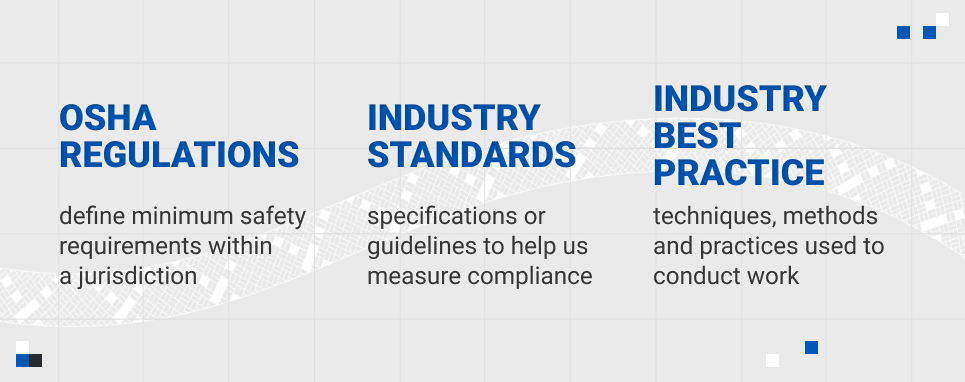
If you work in the United States you are probably familiar with OSHA — that’s because the Occupational Safety and Health Administration is part of our Department of Labor, and the standards and rules they write carry the weight of law. OSHA regulations are slow to change, but are very enforceable.
Industry Standards differ in that these are typically more specific, and provide guidance in how to comply with OSHA’s standards. The official standards body in the United States is ANSI — the American National Standards Institute. ANSI Standards are overseen by specially approved Secretariats, and the standards themselves are typically revisited every five years or so, in an attempt to stay current with evolving technology.
The ANSI standard that covers fall protection is the Z359 Fall Protection Code.
While Regulations and Standards form the written parameters of what we do, Industry Best Practice is what actually happens in the field. Industry best practice changes faster than either standards or regulations, but is also less reliable as guidance for what’s right and what’s wrong because, well, we’re human — and sometimes things might SEEM like a good idea but ultimately turn out to be not so great.
So, now let’s talk about what all that means to us, in rope access.
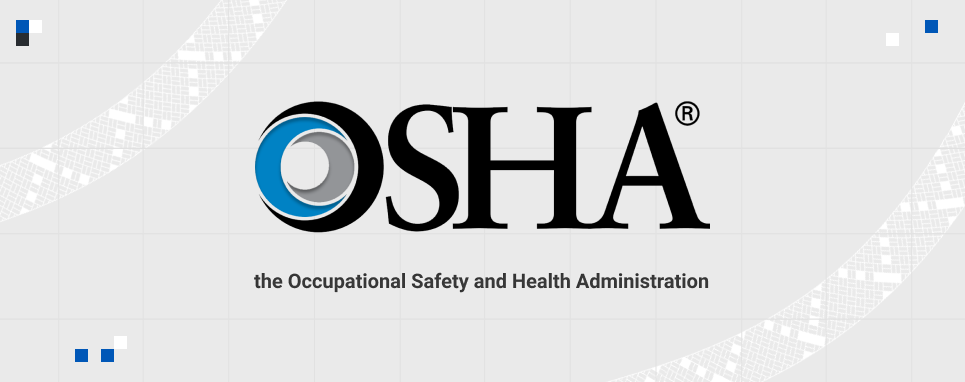
OSHA was established for the purpose of ensuring that employers
“furnish to employees
employment and a place of employment
which are free from recognized hazards
that are causing or are likely to cause
death or serious physical harm “
They do this in two ways. One is under the Specific Duty Clause, and the other is under the General Duty Clause.
The Specific Duty Clause basically says, “there ARE some things we are going to write specific regulation about, and where OSHA has regulation YOU NEED TO FOLLOW IT.” That’s a paraphrase, of course. One of the topics that OSHA does cover is fall protection.
According to OSHA regulation, FALL PROTECTION means any equipment, device, or system that prevents an employee from falling from an elevation or mitigates the effect of such a fall.
While the term PERSONAL FALL PROTECTION SYSTEM is also defined. This term refers to a system (including all components) an employer uses to provide protection from falling or to safely arrest an employee’s fall if one occurs. Examples of personal fall protection systems include personal fall arrest systems, positioning systems, and travel restraint systems.
In the 2016 revision 1910 SubPart D&I – Rope Access was also acknowledged by OSHA as a form active harness-based fall protection system. Now, in their regulation on fall protection OSHA outlines some general fall protection principles that we are supposed to be abiding by, including:
- Impact force requirements
- Autolocking connectors with 3600 pound gates
- Deceleratin distances
- Requirement for prompt rescue
- Things like that
But OSHA doesn’t write TEST METHODS for how to test those things, nor do they provide training or working guidance. So how do we evaluate rope access as a work method, in the absence of specific OSHA regulation?
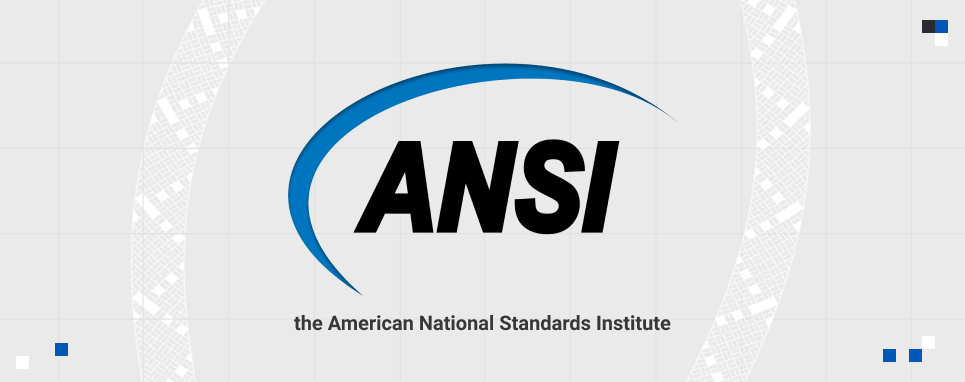
That’s the purview of voluntary consensus standards like ANSI.
Voluntary Consensus Standards are useful in helping us to comply with regulation, and they are also useful in providing guidance where no regulation exists.
So, with OSHA fall protection regulations being very performance oriented and not including a lot about specific procedures or test methods, and with language specific to rope access being notably absent, the ANSI Z359 Fall Protection Code provides an excellent BASELINE for industry best practice. These should be looked at as minimum requirements, not the ultimate goal, but here you will find an excellent resource. There are several standards in this family that cover different parts of fall protection.
ANSI Z359.2 is a document intended for use by employers. It outlines comprehensive managed fall protection program guidance, and can be used to help understand and choose protection types, writing work plans, training employees, and more.
Other ANSI Z359 documents are intended for use by manufacturers, and still others by the Qualified Person. Many of these cover test methods and requirements for various components and systems used for fall protection.
ANSI Z459.1 is the rope access standard, and in that standard there is some information for employers, there is some information for Qualified Persons, and there is some information for manufacturers.
But do you HAVE to follow the ANSI standard for rope access?
Well, actually, no! Remember, ANSI standards aren’t law.
ANSI standards are written under what’s called a consensus process. What that means is that the groups writing the standards are made up of industry representatives, technical experts and policy makers whose collective mission is to try to reach a consensus between various – often widely differing – perspectives on safety matters. That’s what the ANSI Z359 Fall Protection Code committee (who wrote the ANSI 459.1 standard) is. It is a committee made up of representation from different parts of the fall protection industry, including employers, end users, regulatory groups, manufacturers, test houses, and others, who are all working together to try to establish practical guidance for safety.
ANSI standards groups are not sanctioned by the government and have no enforcement authority.

But let’s go back to OSHA and how they look at work. In addition to the Specific Duty Clause, which we already discussed, in their regulation they also have kind of a catch-all phrase, which is called the General Duty Clause. This phrase essentially says (paraphrased again) “we aren’t going to make specific rules about every possible hazardous condition out there, so the onus is on you, the employer, to do the right thing”.
Remember, we already discussed how OSHA standards just cover high level requirements that employers are supposed to follow for safety – they don’t specify HOW that has to be done. That is left to the employer’s discretion – which is a good thing, because this gives the employer, and specifically the Qualified Person, the latitude to make good decisions about their workplace.
That said, part of using good discretion is for the employer to consider existing consensus standards -and they give high credence to well-established standards that are promulgated under the United States official standards writing body, ANSI.
Now, of course, they will also take into consideration standards and work practices that have been written by industry trade groups, certification organizations, private companies, and specific users – but here’s the thing – when a work practice or standard guidance is developed by a private entity, and perhaps even for the benefit of that entity, they are naturally recognized as being inevitably influenced in a certain direction, generally for the benefit of the entity writing the standard.
To take that a bit further, if the standards and work practices that a private company or organization writes actually CONTRADICTS even OSHA regulation, it is going to be a pretty tough sell to try to suggest that these are more credible than those coming out of a full consensus process in a true standards body.
So… to summarize,
- Under OSHA regulation, Rope Access is considered to be one type of fall protection system.
- OSHA says some pretty specific things about harness-based fall protection systems and these do pertain to Rope Access
- The ANSI Z359 Fall Protection Code is NOT law, but is a recognized source for information on how to comply with OSHA regulation.
- ANSI 459.1 is part of the ANSI Z359 Fall Protection Code
- Work practices established by employers and trade groups are useful supplements as long as they do not contradict OSHA regulation.
Hopefully this has been a useful summary of how OSHA, ANSI, and the Fall Protection Code work together, and provides a framework for understanding how you can use ANSI Z459.1 to help support your efforts to build a Safe and Compliant rope access program.
If you have questions or comments please feel free to leave them in the comment area below – we love to hear from our readers!
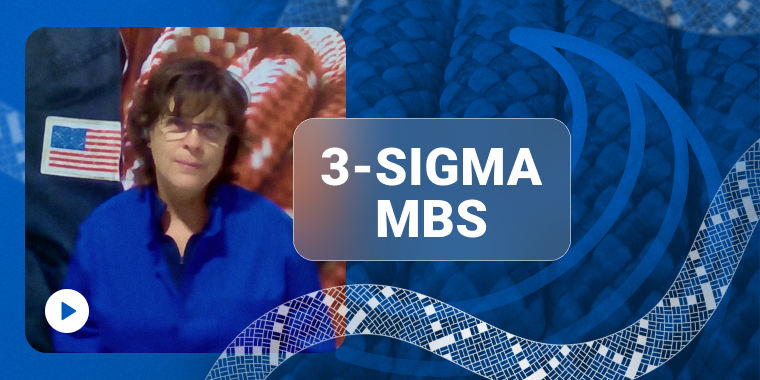

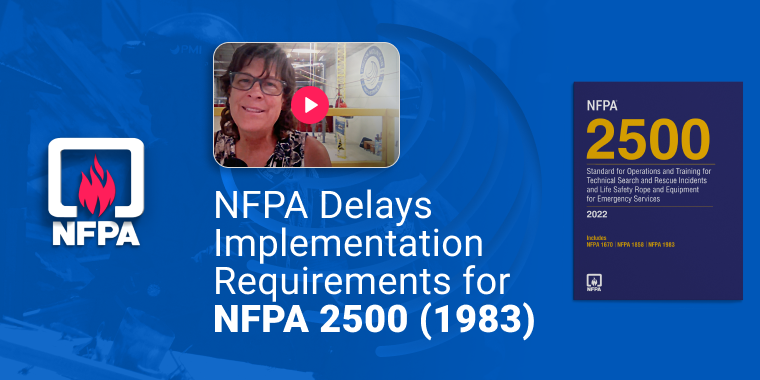
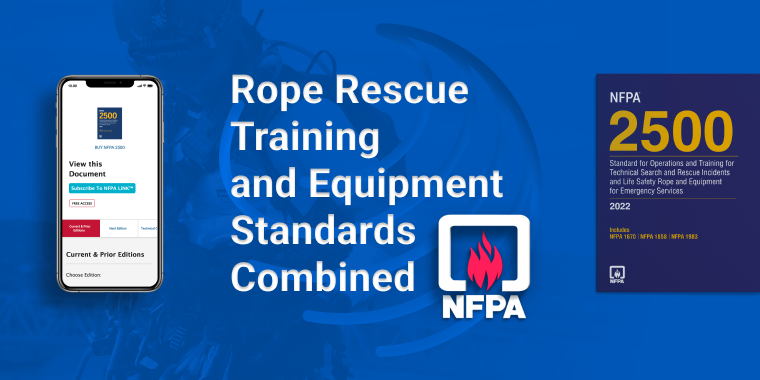
0 comment